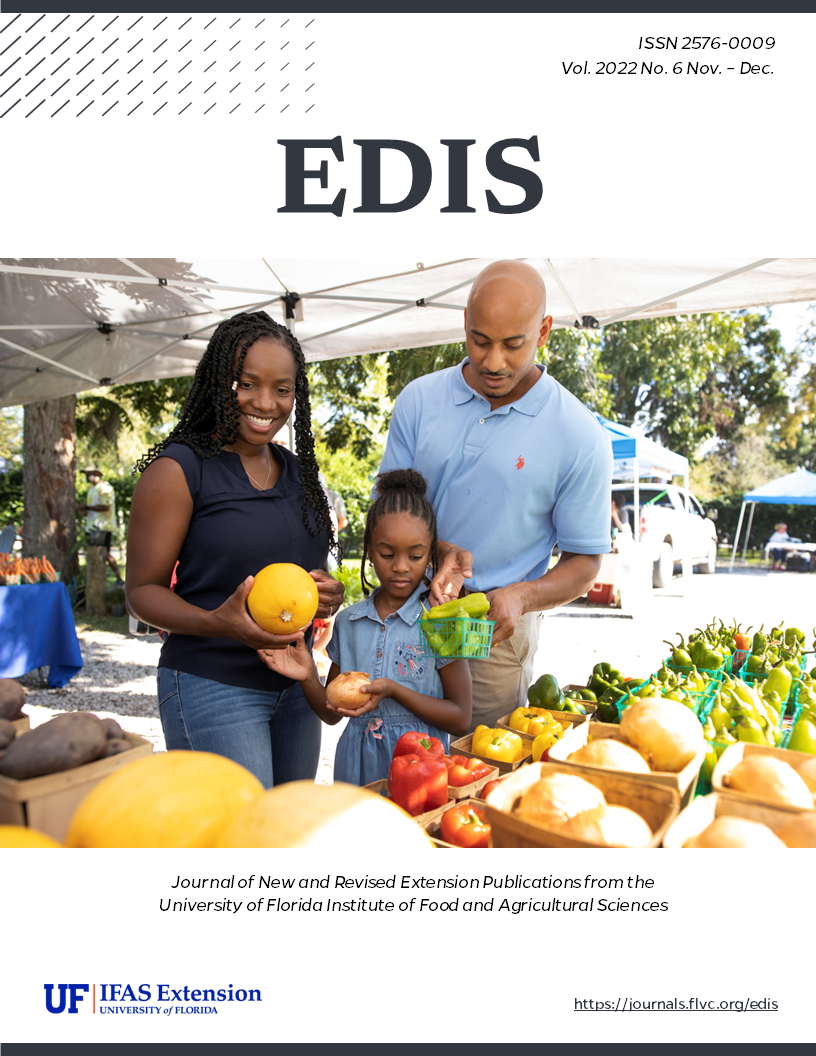Abstract
Studies report that urban areas may not provide breeding habitat for interior-forest birds, but some residential neighborhoods do have sufficient vegetation to serve as breeding habitat for forest birds and even interior-forest specialists. The authors investigated the occurrence of three interior-forest specialists, pileated woodpeckers, summer tanagers, and northern parulas, during the breeding season in two suburban neighborhoods of Gainesville, Florida, and found that all three species occurred in residential neighborhoods consistently throughout the breeding season and were most often detected in local areas with dense vegetation from the ground to the canopy. Our results suggest that decision-makers can improve the amount of breeding habitat in southeastern cities for these three species by retaining forest fragments, tree canopy, large trees, tree snags, and understory vegetation.
References
Fontúrbel, F. E., J. I. Orellana, G. B. Rodríguez-Gómez, C. A. Tabilo, and G. J. Castaño-Villa. 2020. “Habitat Disturbance Can Alter Forest Understory Bird Activity Patterns: A Regional-Scale Assessment with Camera-Traps.” Forest Ecology and Management 479. https://doi.org/10.1016/j.foreco.2020.118618
Goddard, M. A., A. J. Dougill, and T. G. Benton. 2010. “Scaling up from Gardens: Biodiversity Conservation in Urban Environments.” Trends in Ecology & Evolution 25:90–98. https://doi.org/10.1016/j.tree.2009.07.016
Hoyt, S. F. 1957. “The Ecology of the Pileated Woodpecker.” Ecology 38:246–256. https://doi.org/10.2307/1931683
Isler, M. L., and P. R. Isler. 1987. The Tanagers: Natural History, Distribution, and Identification. Smithsonian Institution Press.
Lerman, S. B., D. L. Narango, M. L. Avolio, A. R. Bratt, J. M. Engebreston, P. M. Groffman, S. J. Hall, et al. 2021. “Residential Yard Management and Landscape Cover Affect Urban Bird Community Diversity across the Continental USA.” Ecological Applications 31(8). https://doi.org/10.1002/eap.2455
Moorman, C. E., and D. C. Guynn, Jr.. 2001. “Effects of Group-Selection Opening Size on Breeding Bird Habitat Use in a Bottomland Forest.” Ecological Applications 11 (6): 1680–1691. https://doi.org/10.1890/1051-0761(2001)011[1680:EOGSOS]2.0.CO;2
Morse, D. H. 1967. “Competitive Relationships between Parula Warblers and Other Species during the Breeding Season.” Auk. 84:490–502. https://doi.org/10.2307/4083331
Narango, D. L., D. W. Tallamy, and P. P. Marra. 2017. “Native Plants Improve Breeding and Foraging Habitat for an Insectivorous Bird.” Biological Conservation. 213, 42–50. https://doi.org/10.1016/j.biocon.2017.06.029
Robinson, S. K. 1994. “Nesting Success of Forest Songbirds in Northwestern Illinois Draft Final Report W-115-R-3.” Illinois Natural History Survey Center for Wildlife Ecology.
Rosenberg, K. V., R. D. Omhart, and B. W. Anderson. 1982. “Community Organization of Riparian Breeding Birds: Response to an Annual Resource Peak.” Auk 99:260–274. https://doi.org/10.1093/auk/99.2.260
Savage, A. M., B. Hackett, B. Guenard, E. K. Youngsteadt, and R. R. Dunn. 2015. “Fine-Scale Heterogeneity across Manhattan's Urban Habitat Mosaic Is Associated with Variation in Ant Composition and Richness.” Insect Conservation and Diversity 8:216–228. https://doi.org/10.1111/icad.12098
Threlfall, C. G., A. Ossola, A. K. Hahs, N. S. G. Williams, L. Wilson, and S. J. Liveslev. 2016. “Variation in Vegetation Structure and Composition across Urban Green Space Types.” Frontiers in Ecology and Evolution 4. https://doi.org/10.3389/fevo.2016.00066
Tomasevic, J. A., and J. M. Marzluff. 2020. “Roosting, Reproduction, and Survivorship of Pileated Woodpeckers (Dryocopus pileatus) in a Suburban Setting.” Avian Conservation and Ecology 15. https://doi.org/10.5751/ACE-01547-150113
Wood, E. M., and S. Esaian. 2020. “The Importance of Street Trees to Urban Avifauna.” Ecological Applications 30. https://doi.org/10.1002/eap.2149
Xie, S., F. Lu, L. Cao, W. Zhou, and Z. Ouyang. 2016. “Multi-Scale Factors Influencing the Characteristics of Avian Communities in Urban Parks across Beijing during the Breeding Season.” Scientific Reports 6:29350. https://doi.org/10.1038/srep29350

